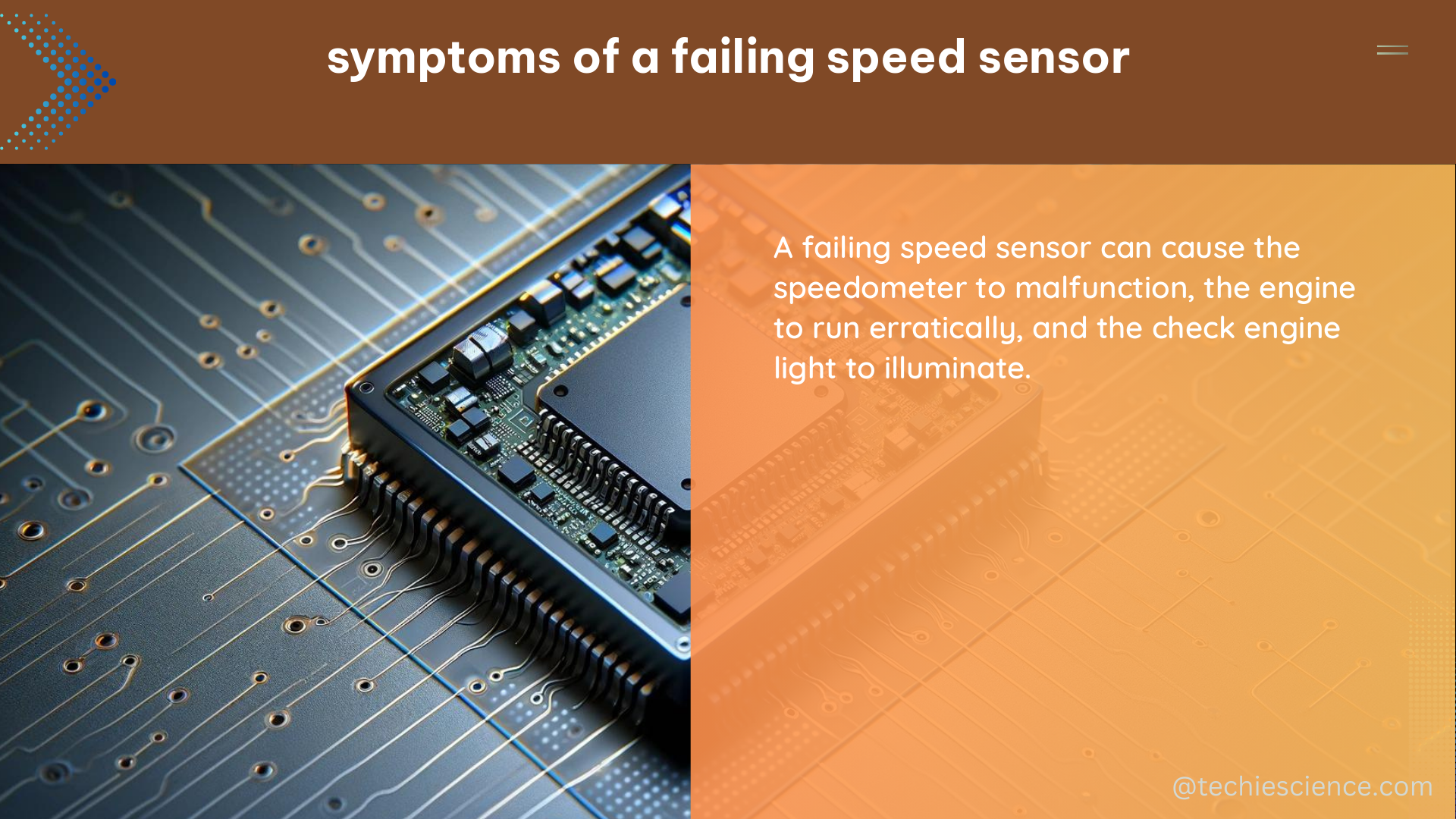A failing speed sensor can lead to a range of measurable and quantifiable issues in a vehicle’s performance, fuel efficiency, and emissions. Understanding these symptoms is crucial for timely diagnosis and repair to maintain optimal vehicle operation.
Voltage Output Fluctuations
The speed sensor’s voltage output is a critical indicator of its health. Manufacturers typically specify a voltage range for the sensor, often between 0.5 to 4.5 volts. A multimeter can be used to measure the sensor’s voltage output, and any significant deviations from the recommended range may suggest a problem.
- Voltage output should fall within the manufacturer’s specified range, typically 0.5 to 4.5 volts.
- Fluctuations or erratic voltage readings can indicate a failing speed sensor.
- Voltage output that is consistently too high or too low may also point to a sensor issue.
Heating Element Resistance

The speed sensor’s heating element plays a crucial role in its operation. The internal resistance of this element should be measured and fall within the manufacturer’s recommended range, typically between 2 and 14 ohms.
- Use a multimeter to measure the heating element’s resistance.
- Resistance values outside the 2 to 14 ohm range may indicate a problem with the heating element or the sensor itself.
- A resistance value that is too low could suggest a short circuit, while a resistance that is too high may indicate an open circuit.
Voltage Supply to Heating Element
In addition to the heating element’s resistance, the voltage supply to the element should also be checked. Manufacturers typically specify a minimum voltage requirement, often greater than 10.5 volts.
- Use a multimeter to measure the voltage supply to the heating element.
- Voltage supply below the manufacturer’s recommended minimum may indicate a problem with the vehicle’s electrical system or the sensor’s wiring.
- Insufficient voltage can prevent the heating element from functioning properly, leading to sensor performance issues.
Increased Fuel Consumption
A failing speed sensor can also contribute to increased fuel consumption in a vehicle. As the sensor’s performance deteriorates, the engine control unit (ECU) may not receive accurate vehicle speed information, leading to suboptimal fuel delivery and combustion.
- Monitor the vehicle’s fuel consumption over a given distance or time period.
- Observe any significant increases in fuel consumption compared to the vehicle’s normal performance.
- Increased fuel consumption can be a symptom of a failing speed sensor, but it may also be caused by other issues, such as engine problems or transmission malfunctions.
Poor Engine Performance
A faulty speed sensor can also impact the engine’s performance, leading to issues such as hesitation, rough idling, or reduced power output.
- Use diagnostic tools to monitor the engine’s performance parameters, such as engine speed, throttle position, and ignition timing.
- Observe any irregularities or deviations from the expected performance characteristics.
- Poor engine performance can be a symptom of a failing speed sensor, but it may also be caused by other problems, such as sensor failures in other systems or mechanical issues.
Increased Exhaust Emissions
A malfunctioning speed sensor can also contribute to increased exhaust emissions, as the ECU may not be able to optimize the air-fuel ratio and ignition timing based on accurate vehicle speed information.
- Use an emissions analyzer to measure the levels of pollutants in the vehicle’s exhaust, such as carbon monoxide (CO), hydrocarbons (HC), and nitrogen oxides (NOx).
- Observe any significant increases in emissions levels compared to the vehicle’s normal performance or regulatory standards.
- Increased exhaust emissions can be a symptom of a failing speed sensor, but it may also be caused by other issues, such as problems with the catalytic converter or engine components.
It is important to note that these symptoms can also be caused by other issues with the vehicle, so it is crucial to conduct a thorough diagnosis to determine the root cause of the problem. A qualified automotive technician can use advanced diagnostic tools and procedures to accurately identify and address the underlying issue.
References:
– Sensors in Automobiles: Internal Combustion Engines Sensors
– Test lambda sensor
– Symptoms and Causes of a Failing Vehicle Speed Sensor

The lambdageeks.com Core SME Team is a group of experienced subject matter experts from diverse scientific and technical fields including Physics, Chemistry, Technology,Electronics & Electrical Engineering, Automotive, Mechanical Engineering. Our team collaborates to create high-quality, well-researched articles on a wide range of science and technology topics for the lambdageeks.com website.
All Our Senior SME are having more than 7 Years of experience in the respective fields . They are either Working Industry Professionals or assocaited With different Universities. Refer Our Authors Page to get to know About our Core SMEs.